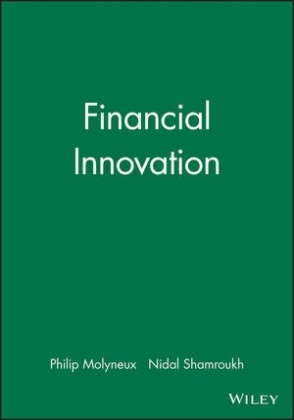Read more
Informationen zum Autor Philip Molyneux is Professor of Banking and Finance in the School of Accounting, Banking and Economics at the University of Wales, Banner and Professor of Financial Services and Financial Conglomerates at the Erasmus University, Rotterdam, The Netherlands. His main research interests relate to the structure, efficiency and performance of banking markets and financial systems, areas in which he has written widely. He has acted as a consultant to many international banks and organisations, including the New York Federal Reserve Bank, World Bank and European Commission. He is currently a member of the UK's National Institute's Advisory Panel on the European Financial Markets Programme. Nidal Shamroukh is a financial engineer at Algorithmics UK, an enterprise-wide risk management software provider. He is a graduate of Bilkent University, Turkey and obtained his MA and PhD degrees from University of Wales, Bangor. Currently he advises major banks on modelling their portfolios and managing their risks. Klappentext Die neuen Instrumente des Finanzmarkts stellen höhere Anforderungen sowohl an ihre Anwender als auch an ihre Entwickler: Risiken und Buße schlechten Verständnisses dieser Werkzeuge wurden nur allzu gut bekannt. Der Autor dieses Buches erläutert die Modellierung neuer Instrumente anhand einer ausgewogenen Mischung aus Theorie und empirischer Forschung und untersucht alle Hilfsmittel, die in den vergangenen zwanzig Jahren entwickelt wurden. (01/99) Zusammenfassung This text discusses, through a blend of theory and empirical research, the modelling of financial instruments and examines the instruments that have been created over the past 20 years. The book focuses on the principles behind developing financial instruments and how the process can be modelled. Inhaltsverzeichnis Preface 1. Technical and financial innovation; an introduction 2. Growth of financial innovations 3. Theoretical approaches towards financial innovation 4. Models of innovation; the industrial economics literature 5. Models of innovation: adoption and diffusion 6. Financial innovation: an industrial economics perspective 7. Modelling the diffusion of financial innovations: methodological approach 8. Modelling the diffusion of financial innovations: some empirical evidence 9. Conclusions and summary...

